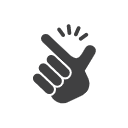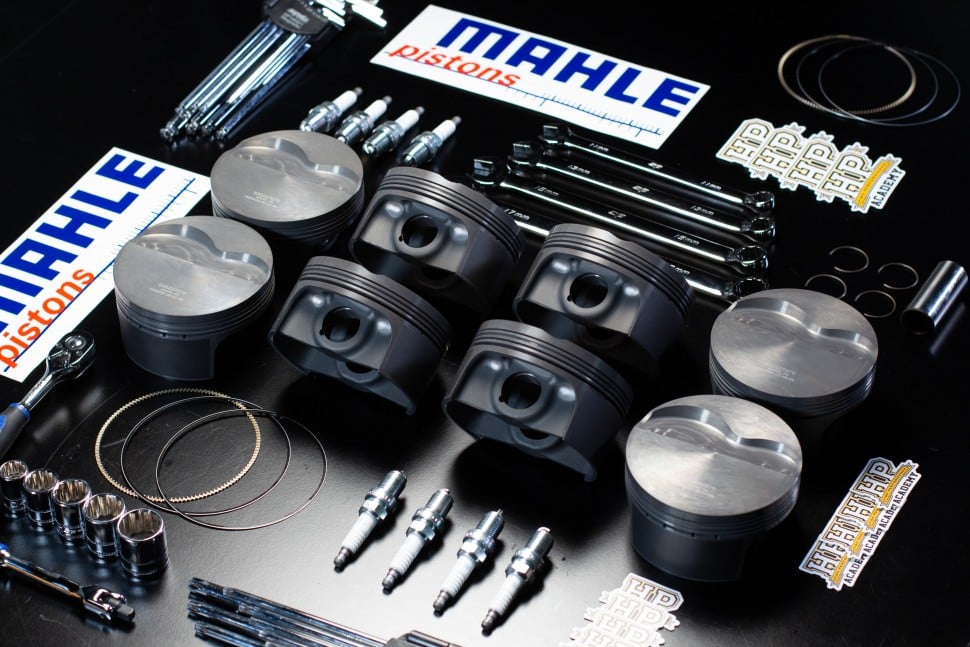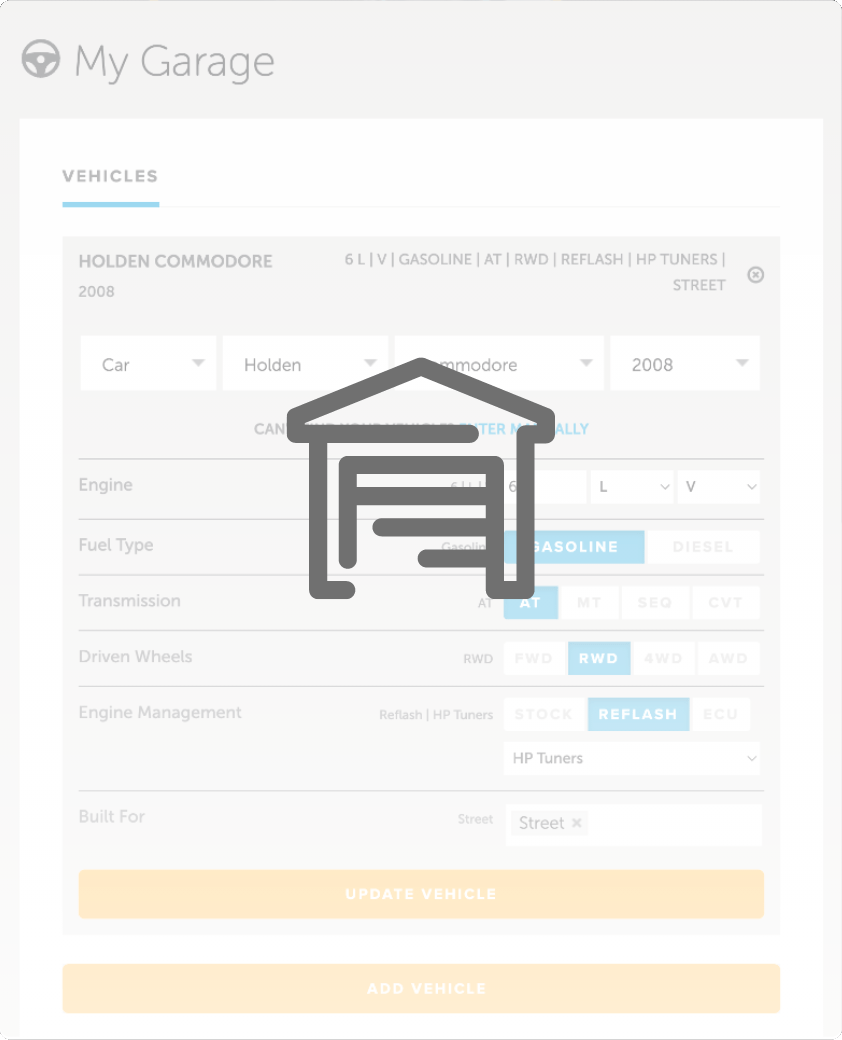| 00:00 |
This step is maybe the most critical step of the project and uses a feature that makes all of this possible with relative ease.
|
| 00:06 |
And that's using a 3D sketch to map out where the tube structure will run.
|
| 00:13 |
I say relative ease as this is still a fairly involved process but it's also very achievable, so let's crack on.
|
| 00:19 |
First, let's remember the key functions of our subframe, so we can use the structure to essentially connect these features together.
|
| 00:27 |
We need to support the stern rack and also provide mounting points for the lower control arms and the caster arms while clearing the engine and gearbox and leaving room for the exhaust manifold.
|
| 00:39 |
All while mounting to the chassis creating a strong and stiff structure and keeping in mind the manufacturing process and service ability for working on the car.
|
| 00:48 |
First, we'll create a point in the center of the circle on the bottom surface of the flange of the last parts we modelled that will be welded to the mounting tubes.
|
| 00:59 |
One point for each mounting location.
|
| 01:01 |
Then we can get started with our 3D sketch by sketching on the top plane and checking the 3D sketch box in the sketch palette.
|
| 01:09 |
It doesn't particularly matter what plane we sketch on in this case anyway, but it's helpful to use one of the default planes that's aligned with our sketches.
|
| 01:19 |
To start, we'll sketch a line straight down off each of the points we just created.
|
| 01:25 |
40mm long for the two points at the front of the vehicle and 20mm long on the rear two.
|
| 01:31 |
The meaning behind this will make more sense as we build the sheet metal structure around the rear mounting points soon.
|
| 01:37 |
On each rear mounting location we'll make a horizontal construction line from the midpoint of the vertical line that extends 10mm rearward and then join the ends of these with another horizontal line, but this time not a construction line.
|
| 01:54 |
Staying within the same sketch we'll make a circle on the plane of the mounting surface for the steering rack that's towards the front of the vehicle.
|
| 02:03 |
Remember, that this plane was part of the steering rack component we created earlier.
|
| 02:08 |
The diameter of the circle isn't really important so we can just make it approximately the same size of the bushing for the mount.
|
| 02:17 |
Rather than try dimension this to define its location in 3D we'll take the easy option and drag it into alignment with the mounting hole and then use the fixed constraint to lock its position.
|
| 02:30 |
Following this a short vertical line from the centre of the circle, which we'll leave open ended for now and come back to in a moment.
|
| 02:39 |
Next, we'll repeat the method we used for the horizontal line between the rear mounting holes but this time only with a construction line and rather than a 10mm rearward dimension, we'll make the horizontal line approximately in line with the vertical line we just made off the steering rack mount.
|
| 02:59 |
Ensuring the lines are all black and fully defined with vertical, horizontal and perpendicular constraints will make the end of the vertical line of the steering rack coincide with the main horizontal line across the chassis.
|
| 03:13 |
Making sure the construction preference is deselected we'll sketch another line directly over top and centred on the construction line across the chassis, only about two thirds of the width though.
|
| 03:26 |
We'll then attach each end of this line out to the midpoint of the vertical line from the front mounting points and then use the fillet tool to round the two corners.
|
| 03:37 |
The radius of these needs to be suitable for the tooling available to bend the tubes, so in our case we'll use 152.4 mm, which is the equivalent of a 6 inch radius centreline.
|
| 03:51 |
To define things we'll use a construction line between the midpoints of the lines across the chassis and then make these perpendicular, essentially so the lines are centred between the chassis.
|
| 04:03 |
After this it's just a matter of dimensioning the front line between the chassis at 400mm between the curves.
|
| 04:13 |
A side note here, 3D sketches that involve curves are always tricky to fully define, but if the curves are tangent to the lines and the lines are defined then there's nothing to worry about in terms of features moving unintentionally.
|
| 04:32 |
The lines we've done will be used for the two main cross members of the subframe and also for mounting the steering rack, but we still need some more structure to mount the lower control arms.
|
| 04:44 |
For this we'll start by making the suspension geometry component visible again and then trace the line for the lower control arm with a construction line.
|
| 04:52 |
This along with the next steps can be done on the driver's side only and then we'll use the mirror tool soon to create the other side.
|
| 05:00 |
This is where things get a little bit more tricky though so we'll try to keep things as simple as possible.
|
| 05:07 |
We'll extend the construction line 50mm towards the centre of the car.
|
| 05:12 |
Then we'll use the centre point rectangle tool to sketch a 60x60 square at the end of this 50mm line.
|
| 05:21 |
While we want the sides to be vertical and horizontal in relation to the car, we want it to be square and perpendicular to the lower control arm.
|
| 05:29 |
To do this we'll need to sketch a horizontal construction line from the centre of the square out to the midpoint of one of the sides and then use a perpendicular constraint between this and the 50mm control arm extension line.
|
| 05:43 |
The reason for all of this will be a mounting plate for the bracket that mounts the lower control arm and the 50mm gap will give us enough space to fit this bracket in.
|
| 05:54 |
After this we'll sketch a line from the centre of the rear member that passes through the centre of the square, but extends 20mm further out.
|
| 06:04 |
This just gives us a bit extra to trim off soon.
|
| 06:08 |
At a point 16.5 mm, being about half the diameter of our tube, back from this line we'll start to sketch two more lines.
|
| 06:16 |
One of which extends back to the rear member running parallel to our square for the control arm fixture and the other extends up vertically to the front member.
|
| 06:26 |
This finishes our 3D sketch and we can move on to creating the tubular structure using this with the pipe tool.
|
| 06:33 |
With the pipe tool we can select one of the drop tubes in line with the mounting point, set the section to circular and the size to 31.75 mm with a thickness of 2.1 mm after the hollow preference is selected to suit our chromoly tube.
|
| 06:50 |
The same thing can be repeated for each of the members, creating 10 new bodies.
|
| 06:57 |
Following this we can also use the pipe tool with the same size, but without the hollow preference selected to remove the overlapping parts, essentially notching the tubes for each other.
|
| 07:14 |
This isn't required for the ends of the rear member as these will be cut off eventually anyway.
|
| 07:32 |
The diagonal tube that extends from the control arm mount to the centre of the rear member needs to be cut down the centre line of the part as well, removing any of the part of this tube on the passenger side.
|
| 07:44 |
We'll also use an extrude of the lower control arm mount square from the 3D sketch to cut this tube to length and we'll come back to model the mounting plate in the next module.
|
| 07:55 |
The three diagonal tubes to the lower control arm can now be mirrored through the central plane so they are copied over to the other side.
|
| 08:04 |
We'll of course need to make sure everything fits in a line as intended and there's no interference with the scans of the engine, gearbox or steering rack while providing space for the exhaust manifold.
|
| 08:16 |
Also, it's important to keep in mind how the tyre rods will extend from the steering rack to the suspension and the clearance they will require.
|
| 08:24 |
The small drop mount tube for the steering rack itself needs to be shortened by 5mm and the end section replaced with an extrude of a circular laser cut plate with a tapped hole for a M10 by 1.5 fixing.
|
| 08:38 |
This plate will be welded to the tube.
|
| 08:41 |
In the next module we'll continue by modelling the suspension mounts and then follow this up with the steering rack mounts.
|





